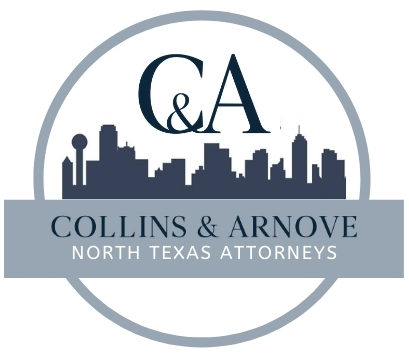Here in the DFW metroplex cases can be filed under two different filing jurisdiction. One is the Northern District of Texas and the other is the Eastern District of Texas. At Collins & Arnove we file all of our cases in the Eastern District of Texas. The Eastern District of Texas allows people who live in the Northern District zone to still file cases there. We do this for a couple of key of reasons which benefit our client. The reasons and the differences between the jurisdictions are touched on below.
The Lack of Wage Withholding Requirement
With Chapter 13 cases a plan payment is made to a trustee who then distributes money according to your Chapter 13 plan. In the Eastern District of Texas Bankruptcy Court they allow the debtor to make direct payments to the trustee. These payments are made through a system called TFS. The TFS system is similar to an ACH draft from your bank.
The standard payment system in the Northern District of Texas Bankruptcy Court is a wage withholding form. Under this system the plan payment is deducted from your paycheck. While this may seem convenient once set up, most people do not want their employer knowing about the filing. There are ways to get around this. However, they require a formal hearing in front of the Judge. They are not always granted and are an inconvenience.
Ongoing Mortgage Payments Made Directly by Debtor
If you are behind on your mortgage then the Chapter 13 allows you to catch up on that mortgage. However, the law requires that you make your ongoing mortgage payment after you file the case. In the Northern District these ongoing payments are actually made through the Chapter 13 trustee. This your plan payment would include your arrears plus your ongoing payment. This system is called a conduit in the Bankruptcy world. Here is why this system is bad for the client:
(1) It makes your regular monthly mortgage payment actually increase by about 10% since the trustee applies a flat fee to all plan payments to cover their cost; and
(2) The first two mortgage payments you make actually are put into the aggregate to make sure there is enough for the trustee fee and attorney fee incurred in the case. Thus if the case doesn’t work out then the attorney still gets paid. To us, this encourages a bad incentive system for the attorney/client relationship. The attorney is paid their entire fee once a couple of plan payments are made. We think this system encourages the Bankruptcy Mill model even more. Make sure to read more about Bankruptcy Mills here
Contract this to the Eastern District of Texas. In the Eastern District of Texas you are responsible for making your ongoing mortgage payment DIRECTLY to the mortgage company itself.
What This Means for You…
Even though you may live in Dallas, Tarrant, or Hunt county you still have the option to file your case in the Eastern District of Texas. At Collins & Arnove, we file all our cases in the Eastern District of Texas. When you think of your Chapter 13, you need to think of overall pros and cons of where you file your case. Will you have to drive a little bit further a couple of times to meet with your attorney and for your meeting with the trustee? Yes of course. But counter that with the fact that your plan payment will be likely be 10% less 5 years (because of no conduit above) and you do not have to do wage withholding. Take these things into account when you think about who to hire — you’ll be glad you did. For a summary for why you should call and hire us click here.
